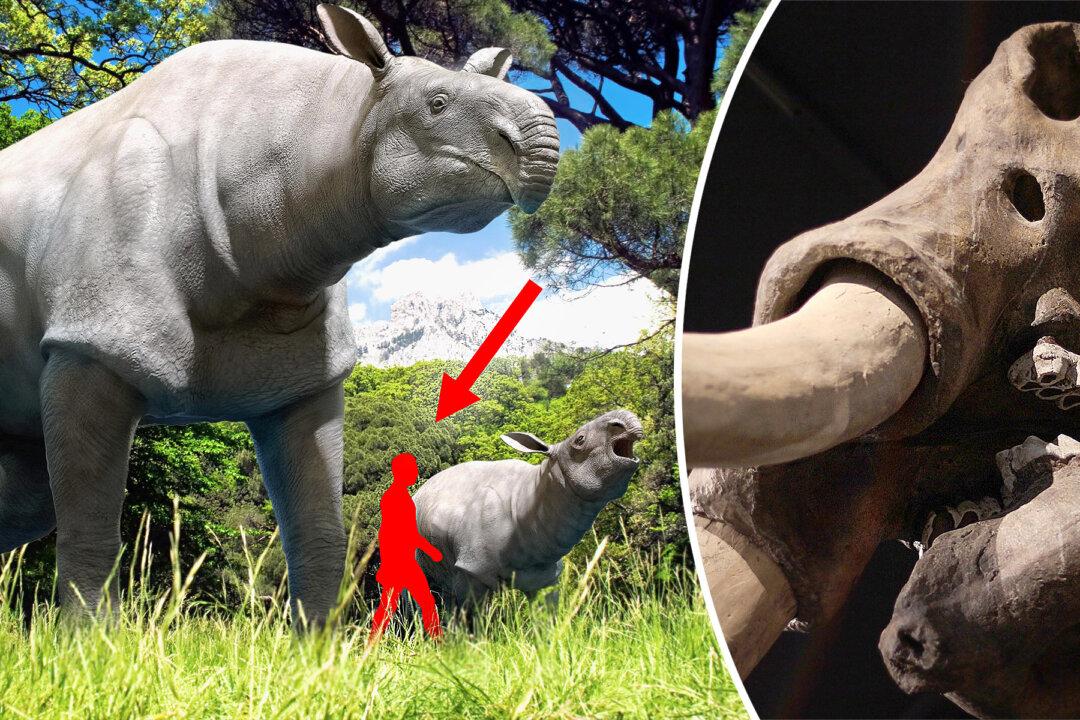Dinosaurs are arguably the most popularized giants of the animal kingdom to ever roam the earth. However, let’s not forget that there are some pretty stupendous mammal species that came after the dinosaurs that are often overshadowed by their reptilian predecessors.
After the dinosaurs died out some 65 million years ago, the size and diversity of mammals exploded, resulting in enormous species undreamed of in modern times. There were rodents that weighed over a ton and giants herbivores that weighed as much as five elephants.






